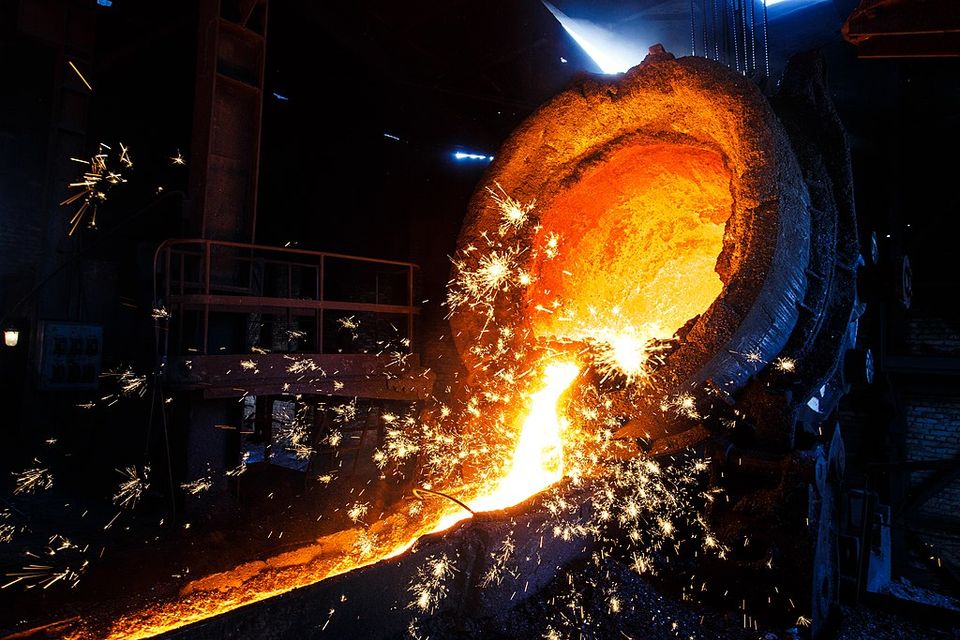A Modern Marvel: A Brief History of Stainless Steel

Stainless steel is a versatile and durable material that has become an essential part of modern life. It's used in everything from cookware and appliances to commercial and industrial applications. But where did this remarkable material come from? In this post, we'll explore the history of stainless steel, from its early beginnings to the modern-day.
The discovery of stainless steel is credited to Harry Brearley, a metallurgist from Sheffield, England. In 1913, Brearley was working on a project to improve the durability of gun barrels when he stumbled upon a new type of steel. He noticed that a sample of steel he had been working on was resistant to corrosion, unlike other types of steel.

Brearley realized that the steel contained a high amount of chromium, which gave it its unique properties. He named the new material "stainless steel" and began to experiment with it further. By adding other elements like nickel and molybdenum, Brearley was able to create even stronger and more durable alloys.
Stainless steel quickly became popular for its resistance to corrosion and its durability. It was used in a variety of applications, from cutlery and cookware to architecture and transportation. During World War II, stainless steel was even used in military applications, including the construction of tanks and aircraft.
In the decades that followed, stainless steel continued to be refined and improved. New alloys were developed, and the manufacturing process became more efficient. Today, stainless steel is used in countless applications, from medical equipment to skyscrapers.
One of the reasons stainless steel is so popular is because of its resistance to corrosion. Corrosion is a natural process that occurs when metals come into contact with air and water. Over time, this can cause the metal to break down and deteriorate. Stainless steel is resistant to corrosion because of the high amount of chromium it contains. When chromium comes into contact with oxygen, it forms a thin, invisible layer of chromium oxide on the surface of the steel. This layer prevents water and other corrosive substances from reaching the underlying metal.

Another reason stainless steel is so popular is because of its strength and durability. Stainless steel is an alloy of iron, carbon, and other elements like chromium and nickel. The precise combination of these elements gives stainless steel its unique properties. Depending on the specific alloy, stainless steel can be incredibly strong and resistant to wear and tear.
In addition to its physical properties, stainless steel is also valued for its aesthetic qualities. It has a sleek and modern appearance that can add a touch of elegance to any application. Stainless steel can be polished to a high shine or left with a matte finish, depending on the desired look.
In conclusion, the history of stainless steel is a fascinating one. From its accidental discovery in the early 1900s to its ubiquitous use in modern life, stainless steel has come a long way. It's a material that's valued for its resistance to corrosion, its strength and durability, and its aesthetic qualities. Whether you're using it in your kitchen, your car, or your office building, stainless steel is an essential part of modern life.


